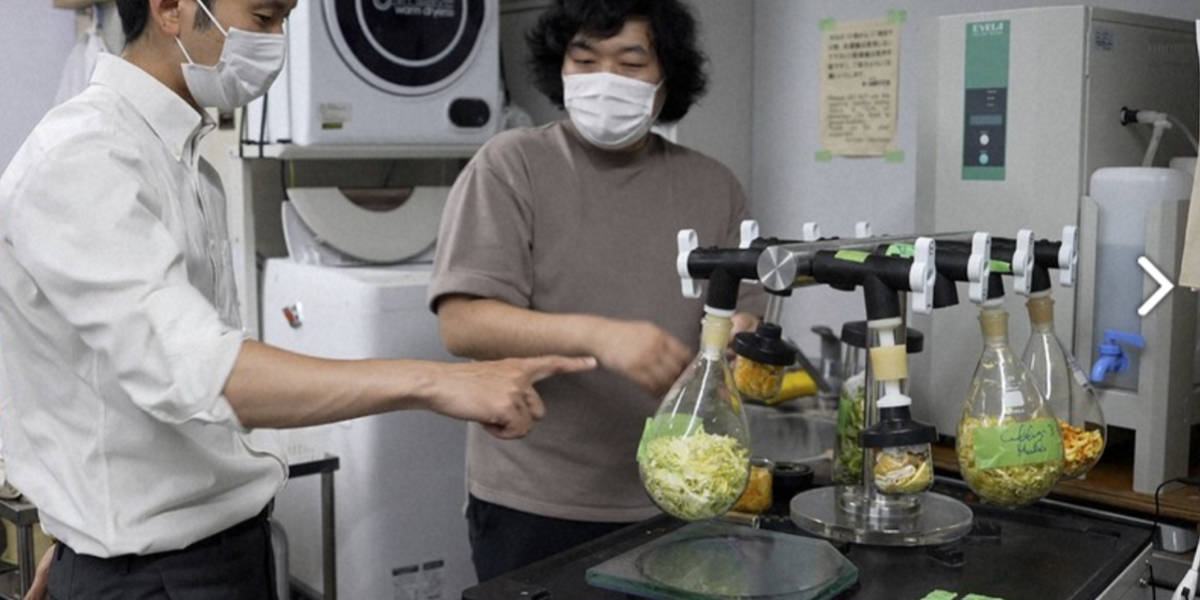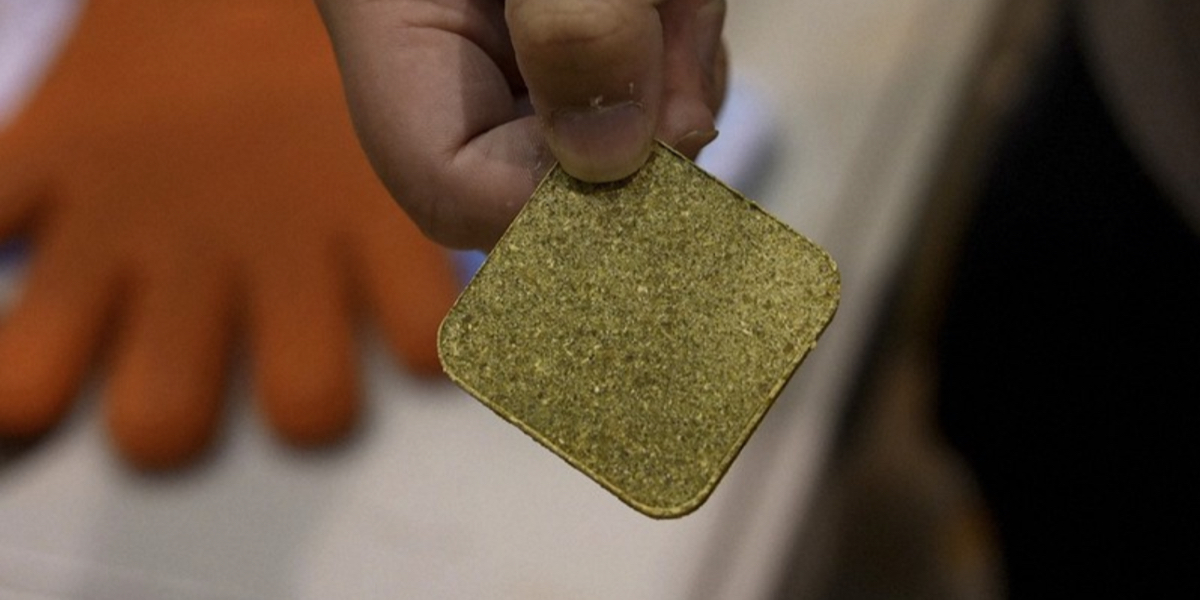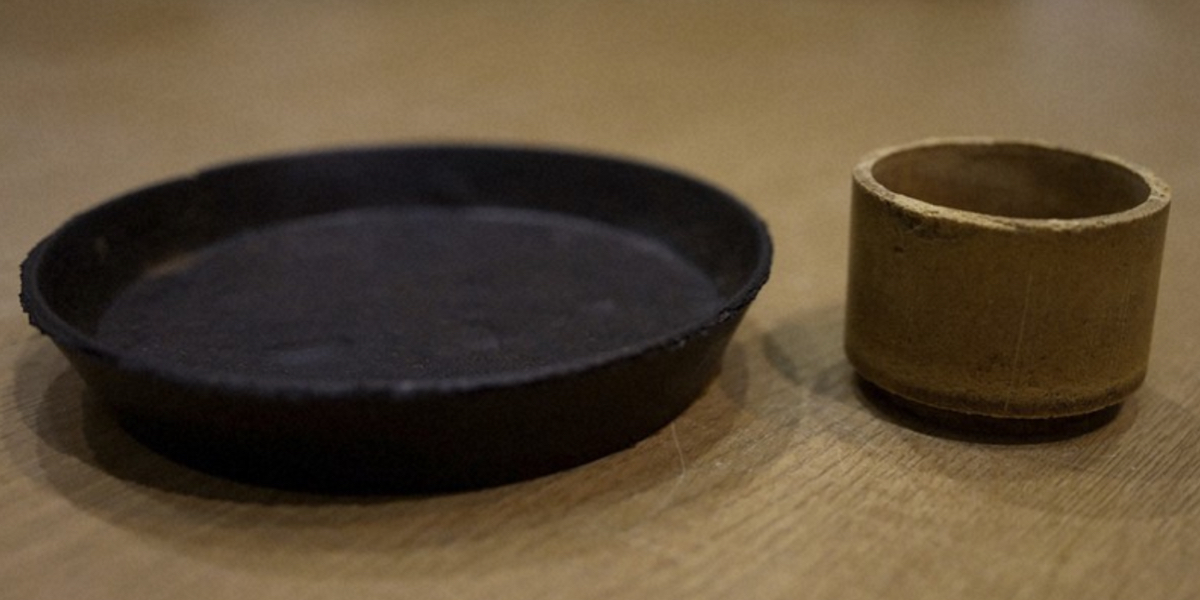AÑO
2023
CATEGORÍA
Hogar
OBJETIVOS
Producción y consumo responsables
PAL. CLAVE
food waste, cement, Building materials, Construction
PAÍS
Japan
CRÉDITOS
Kota Machida and Yuya Sakai
LINK
https://mainichi.jp/english/articles/20220601/p2g/00m/0sc/048000c
Food Waste Cement
Transforming food waste into potentially edible cement
How does it work?
Yuya Sakai, an associate professor of Industrial Science at Tokyo University and his student Kota Machida say they have successfully made cement using tea leaves, orange and onion peels, coffee grounds, Chinese cabbage, and even lunchbox leftovers. The food cement can be reused and is biodegradable, so it can be buried when it is no longer needed.
Why is it needed?
Food waste is a huge problem in Japan and worldwide. Japan produced around 5.7 million tons of edible food waste in 2019 and the government aims to reduce that around 2.7 million tons by 2030.
How does it improve life?
According to Machida, their "ultimate hope is that this cement replaces plastic and cement products, which have worse environmental impacts."





